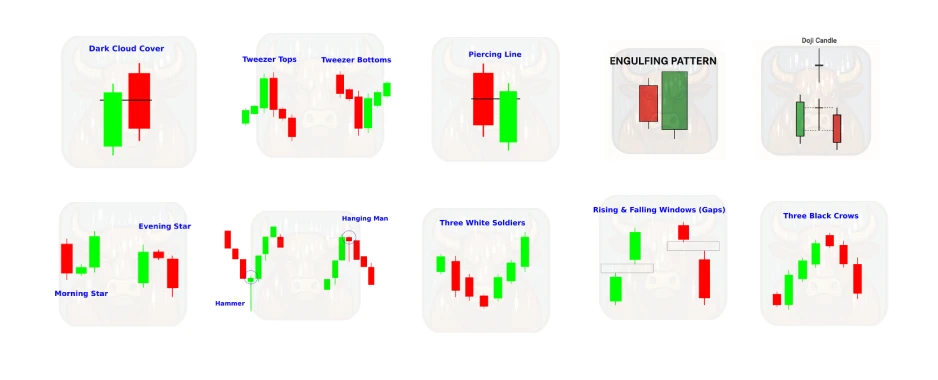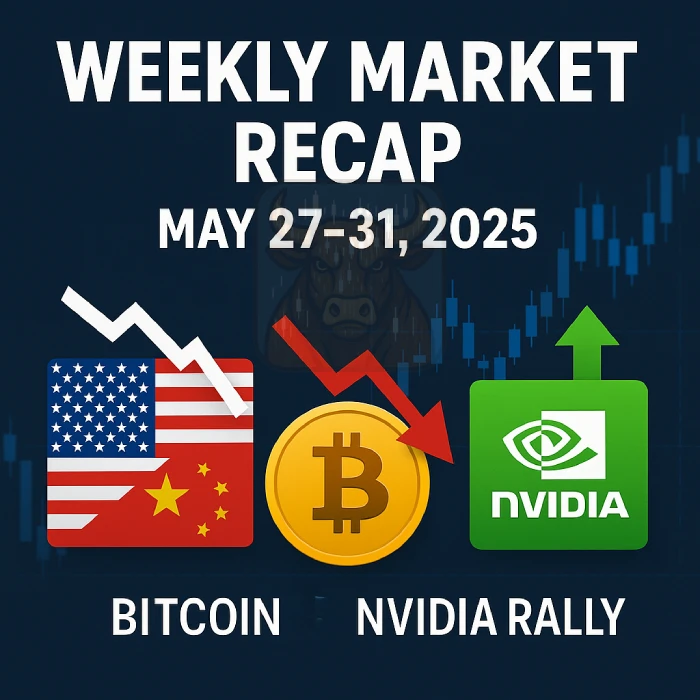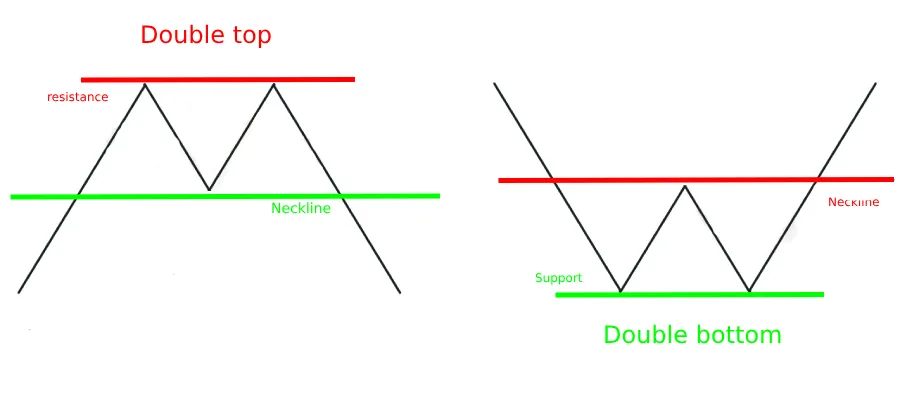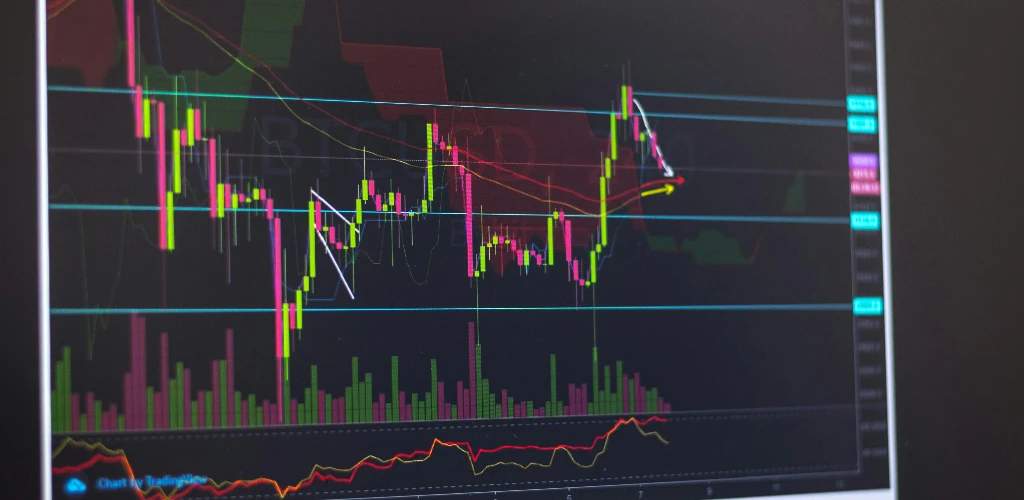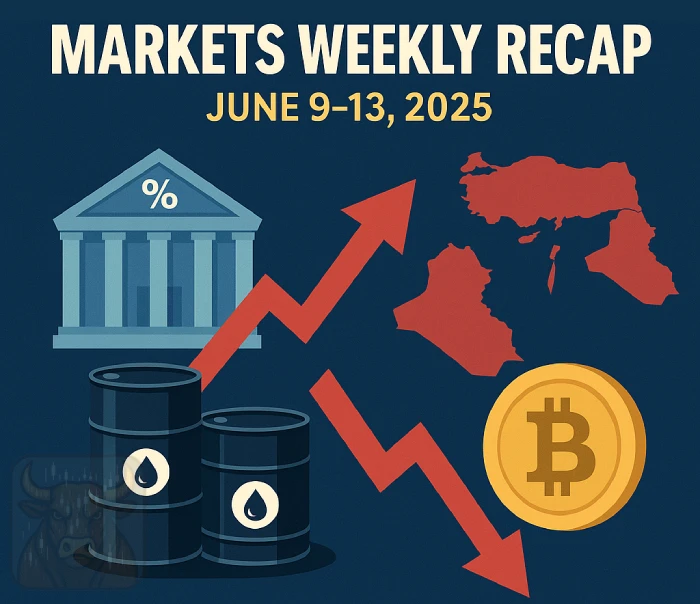📈 What is the Dow Jones? The Complete Beginner’s Guide (2025 Update)

Did you know the Dow Jones Industrial Average (DJIA) started in 1896 with just 12 companies – and none of them remain in the index today? I remember staring blankly at CNBC during my first investing days, wondering why everyone kept talking about “the Dow” like it was some financial oracle. It wasn’t until I read about the 2008 crisis that I understood how this 128-year-old index moves global markets.
In this comprehensive guide, you’ll discover:
✅ What the Dow Jones really is (and isn’t)
✅ Why it only tracks 30 companies yet moves global markets
✅ How to interpret Dow Jones price movements like a pro
✅ The surprising companies that have come and gone
✅ How to actually invest in the Dow (or not)
💡 What is the Dow Jones Industrial Average?
The Dow Jones Industrial Average (DJIA) is the second-oldest U.S. stock market index (after the Dow Jones Transportation Average). Created by Charles Dow and Edward Jones in 1896, it serves as a barometer for the broader U.S. economy.
Quick definition: The Dow Jones Industrial Average is a price-weighted index tracking 30 major U.S. companies, serving as a benchmark for the U.S. stock market and economy.
📌 Key Characteristics:
- Tracks 30 large, publicly-owned U.S. companies
- Price-weighted (not market-cap weighted like the S&P 500)
- Includes industry leaders across multiple sectors
- One of the most quoted financial indicators globally
Why It Matters:
✔ Considered a proxy for U.S. economic health
✔ Used as a benchmark for investment performance
✔ Influences global market sentiment
✔ Often leads financial news coverage
🧠 How the Dow Jones Works (Price-Weighted Explained)
The Unique Calculation:
Unlike most indexes, the Dow is price-weighted, meaning:
- Higher-priced stocks have more influence
- A $1 move in a $300 stock impacts the index more than a $1 move in a $50 stock
Example: If:
- Goldman Sachs (GS) trades at $400
- Walmart (WMT) trades at $150
A 5% move in GS affects the Dow 2.67x more than the same % move in WMT
💡 Pro Tip: This is why IBM $200+ stock price gives it outsized influence despite being smaller than Apple by market cap.
📊 Current Dow 30 Components (2025)
| Company | Symbol | Industry | Date Added |
|---|---|---|---|
| 3M | MMM | Conglomerate | 1976-08-09 |
| American Express | AXP | Financial Services | 1982-08-30 |
| Amgen | AMGN | Biopharmaceutical | 2020-08-31 |
| Amazon | AMZN | Retailing | 2024-02-26 |
| Apple | AAPL | Information Technology | 2015-03-19 |
| Boeing | BA | Aerospace and Defense | 1987-03-12 |
| Caterpillar | CAT | Construction and Mining | 1991-05-06 |
| Chevron | CVX | Petroleum Industry | 2008-02-19 |
| Cisco Systems | CSCO | Information Technology | 2009-06-08 |
| Coca-Cola | KO | Beverage Industry | 1987-03-12 |
| Disney | DIS | Broadcasting & Entertainment | 1991-05-06 |
| Goldman Sachs | GS | Financial Services | 2013-09-23 |
| Home Depot | HD | Home Improvement Retail | 1999-11-01 |
| Honeywell | HON | Conglomerate | 2020-08-31 |
| IBM | IBM | Information Technology | 1979-06-29 |
| Johnson & Johnson | JNJ | Pharmaceutical Industry | 1997-03-17 |
| JPMorgan Chase | JPM | Financial Services | 1991-05-06 |
| McDonald’s | MCD | Food Industry | 1985-10-30 |
| Merck | MRK | Pharmaceutical Industry | 1979-06-29 |
| Microsoft | MSFT | Information Technology | 1999-11-01 |
| Nike | NKE | Clothing Industry | 2013-09-23 |
| Nvidia | NVDA | Information Technology | 2024-11-08 |
| Procter & Gamble | PG | Consumer Goods | 1932-05-26 |
| Salesforce | CRM | Information Technology | 2020-08-31 |
| Sherwin-Williams | SHW | Specialty Chemicals | 2024-11-08 |
| Travelers | TRV | Insurance | 2009-06-08 |
| UnitedHealth Group | UNH | Managed Health Care | 2012-09-24 |
| Verizon | VZ | Telecommunications | 2004-04-08 |
| Visa | V | Financial Services | 2013-09-23 |
| Walmart | WMT | Retailing | 1997-03-17 |
🔍 Fun Fact: Salesforce replaced Exxon Mobil after 92 years in the index.
📈 How to Interpret the Dow Jones
What Moves the Dow:
- Earnings Reports (Especially from high-priced components)
- Economic Data (Jobs reports, GDP, inflation)
- Geopolitical Events (Trade wars, elections)
- Federal Reserve Policy (Interest rate changes)
Key Levels to Watch:
- 30,000: Psychological benchmark
- 38,000: First achieved in January 2024
- 52-week high/low: Momentum indicator
- 200-day moving average: Long-term trend
⚠️ Critical Insight: The Dow represents just 30 companies – always check the S&P 500 and Nasdaq for broader market context.
📊 Historical Milestones
| Year | Event | Dow Level |
|---|---|---|
| 1929 | Black Tuesday crash | 381 → 198 (-48%) |
| 1972 | First close above 1,000 | 1,003 |
| 1987 | Black Monday crash | 2,246 → 1,738 (-22.6%) |
| 2009 | Great Recession low | 6,547 |
| 2020 | COVID crash/recovery | 29,551 → 18,591 → 30,000+ |
| 2024 | First close above 38,000 | 38,001 |
📉 Dow Jones vs Other Major Indexes
| Index | # of Stocks | Weighting | Focus |
|---|---|---|---|
| Dow 30 | 30 | Price | Industrial leaders |
| S&P 500 | 500 | Market cap | Broad market |
| Nasdaq | 3,300+ | Market cap | Tech-heavy |
| Russell 2000 | 2,000 | Market cap | Small caps |
| Dow Transportation | 20 | Price | Transportation sector |
💡 Smart Investor Tip: Most professionals focus on the S&P 500 – the Dow is more for media shorthand and historical context.
💰 How to Invest in the Dow Jones
Option 1: Dow ETFs
- SPDR Dow Jones ETF (DIA): Tracks the index directly
- Expense ratio: 0.16%
- Holds all 30 components
Option 2: Index Mutual Funds
- Fidelity Dow Jones Index Fund
- Lower cost than ETFs for automatic investing
Option 3: Buy All 30 Stocks
- Impractical for most investors
- Brokerage fees would eat returns
📌 My Recommendation: DIA ETF for simplicity, but consider S&P 500 funds (like VOO) for better diversification.
❓ Dow Jones FAQs
Tradition, it was easier to calculate manually in 1896 and never changed.
No set schedule, components change when companies become less relevant.
Technically yes, but practically impossible (the U.S. economy would have to collapse).
1929-1932: 381 → 41 (-89%) over nearly 3 years.
As a sentiment indicator yes, but most professionals prefer the S&P 500.
📌 Key Takeaways
✔ The Dow tracks 30 blue-chip U.S. stocks
✔ It’s price-weighted (unlike most indexes)
✔ Represents about 25% of total U.S. market cap
✔ Best used as an economic indicator, not a portfolio
✔ Easily invested in via DIA ETF
🚀 Next Steps for Smart Investors
- Bookmark the Dow Components List (Know who’s driving moves)
- Set Up Price Alerts (For key psychological levels)
- Compare to S&P 500 (Get the full market picture)
- Consider DIA ETF (If you want Dow exposure)
Recommended Reading
Guide to Volume Price Analysis by Anna Coulling
Technical Analysis of the Financial Markets by John J. Murphy

